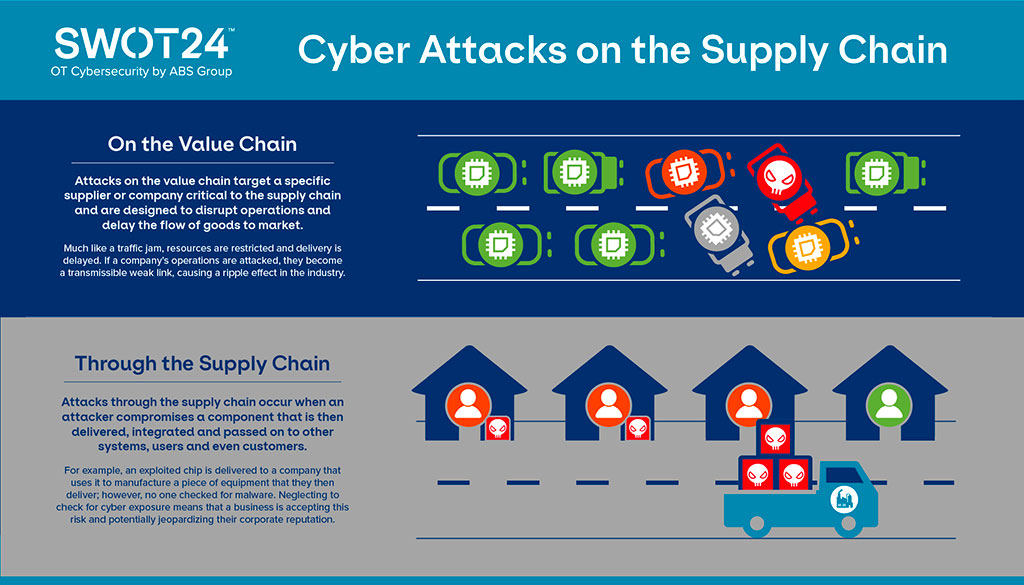Over 110, 000 websites were unwittingly swept up in a cyberattack after a popular code library was compromised. The culprit?Polyfill. io, a service that helps websites function seamlessly across different browsers. In February, a Chinese content delivery network (CDN) company called Funnull acquired Polyfill. io. Soon after, researchers noticed a troubling change. The core JavaScript library, essential for Polyfill. io's functionality, was modified to redirect users to malicious and scam sites.
Polyfill. io functions by incorporating modern features into older web browsers. Essentially, it acts as a translator, ensuring a website appears and behaves consistently regardless of the browser used. This seemingly innocuous service became a liability when it was tampered with. Websites that embedded the Polyfill. io library in their code were unknowingly putting their visitors at risk.
The attack highlights the dangers of supply chain vulnerabilities. When a compromised third-party service is integrated into a website, it creates a backdoor for attackers. In this case, by compromising Polyfill. io, the attackers were able to reach a vast network of websites with a single move.
Fortunately, the attack seems to have been mitigated quickly. Security researchers sounded the alarm in February, and by June, Google had taken steps to block ads for e-commerce sites using Polyfill. io. Website owners are also being urged to remove the compromised library.
The incident serves as a stark reminder of the importance of digital hygiene. Website owners should carefully vet third-party services before integrating them into their code. Security researchers recommend staying updated on potential vulnerabilities and implementing prompt fixes whenever necessary.
The fallout from the Polyfill. io attack is still ongoing. The full scope of the damage remains unclear, and some experts believe the malicious code may have been active for months before detection. However, the swift response from security professionals and tech giants like Google has helped to contain the attack and minimize potential harm.

